Cement Industry Growth
The Fuel Grade Petcoke Market is significantly influenced by the growth of the cement sector, which is a major consumer of petcoke. In recent years, the cement industry has seen a steady increase in production, driven by urbanization and infrastructure development. In 2023, cement production accounted for nearly 30% of the total petcoke usage, highlighting the material's importance in this sector. Petcoke is favored for its high calorific value and cost efficiency, making it an attractive option for cement manufacturers. As construction activities continue to rise, the Fuel Grade Petcoke Market is expected to witness sustained demand from this sector, further solidifying its role in the energy mix.
Increasing Energy Demand
The Fuel Grade Petcoke Market is experiencing a surge in demand due to the increasing global energy requirements. As economies expand, the need for energy-intensive processes, particularly in power generation and industrial applications, is on the rise. Petcoke, being a high-carbon fuel, serves as a cost-effective alternative to coal and natural gas. In 2023, the energy sector accounted for approximately 60% of the total petcoke consumption, indicating a robust market potential. This trend is likely to continue as countries strive to meet their energy needs while balancing economic growth and environmental concerns. The Fuel Grade Petcoke Market is thus positioned to benefit from this escalating demand, as industries seek reliable and affordable energy sources.
Rising Global Trade of Petcoke
The Fuel Grade Petcoke Market is witnessing a rise in international trade, driven by the increasing demand for petcoke in various regions. Countries rich in petroleum resources are exporting petcoke to meet the needs of industries in regions with limited local production. In 2023, the trade volume of petcoke increased by approximately 15%, reflecting the growing interdependence of markets. This trend is expected to continue as industries seek to optimize their supply chains and reduce costs. The Fuel Grade Petcoke Market stands to gain from this expanding trade network, as it facilitates access to diverse markets and enhances the overall market dynamics.
Regulatory Support for Petcoke Use
The Fuel Grade Petcoke Market is benefiting from regulatory frameworks that support the use of petcoke as a viable fuel alternative. Governments are increasingly recognizing the potential of petcoke in reducing reliance on traditional fossil fuels. Policies promoting the use of petcoke in energy generation and industrial applications are emerging, which could enhance market growth. In 2023, several countries implemented incentives for industries to adopt petcoke, thereby increasing its attractiveness as a fuel source. This regulatory support is likely to bolster the Fuel Grade Petcoke Market, as it encourages more companies to integrate petcoke into their energy strategies.
Technological Advancements in Refining
Technological innovations in refining processes are playing a pivotal role in shaping the Fuel Grade Petcoke Market. Advanced refining techniques enable the production of higher-quality petcoke with improved properties, making it more appealing to various industries. For instance, the development of delayed coking technology has enhanced the efficiency of petcoke production, allowing for better yield and lower production costs. This advancement is likely to attract more players to the Fuel Grade Petcoke Market, as they seek to capitalize on the benefits of high-quality petcoke. Furthermore, these technologies may lead to a reduction in environmental impact, aligning with the growing emphasis on sustainability in industrial practices.


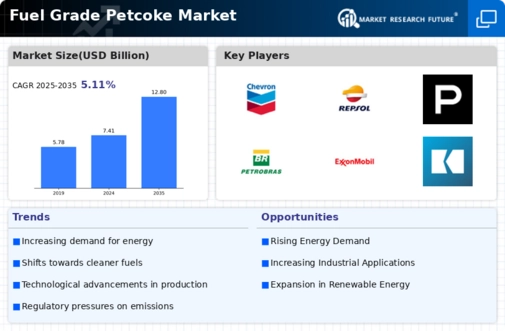
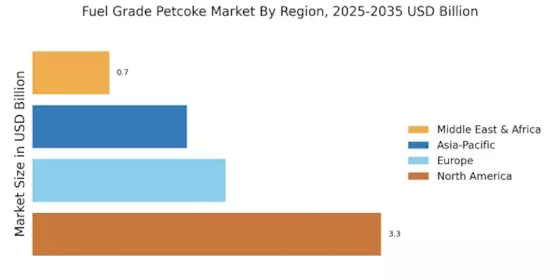



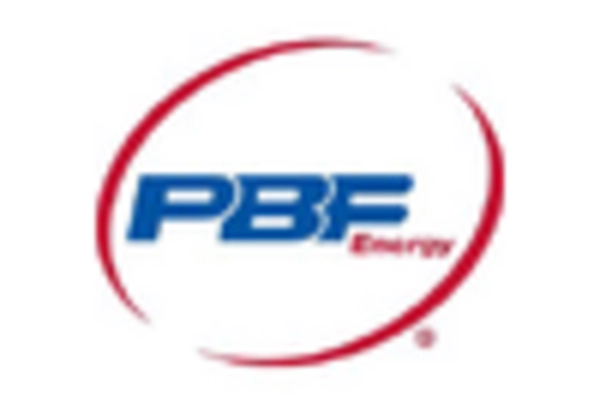
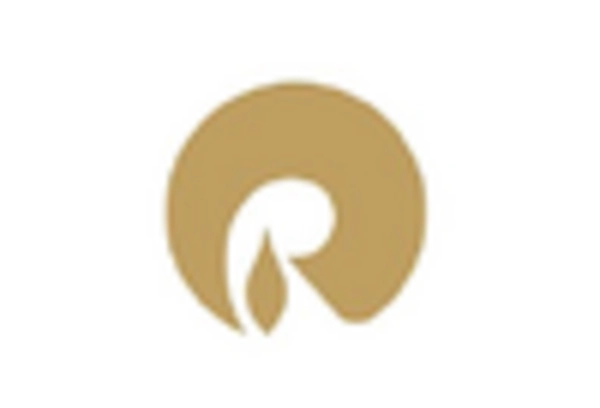
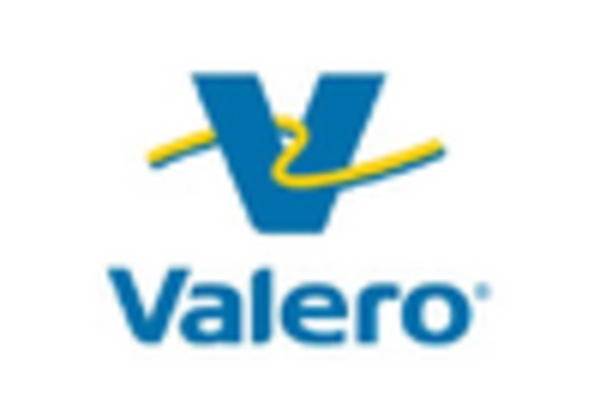








Leave a Comment